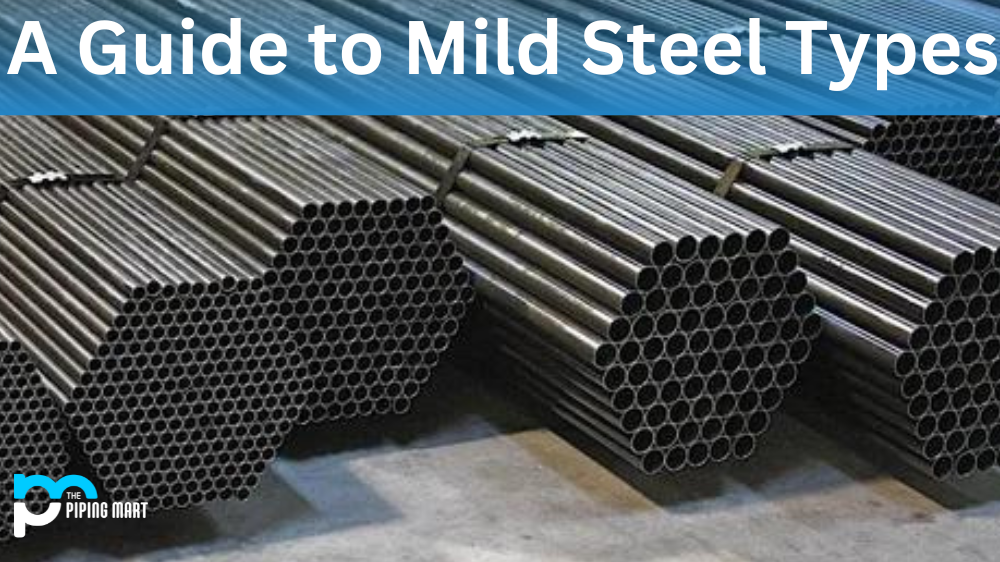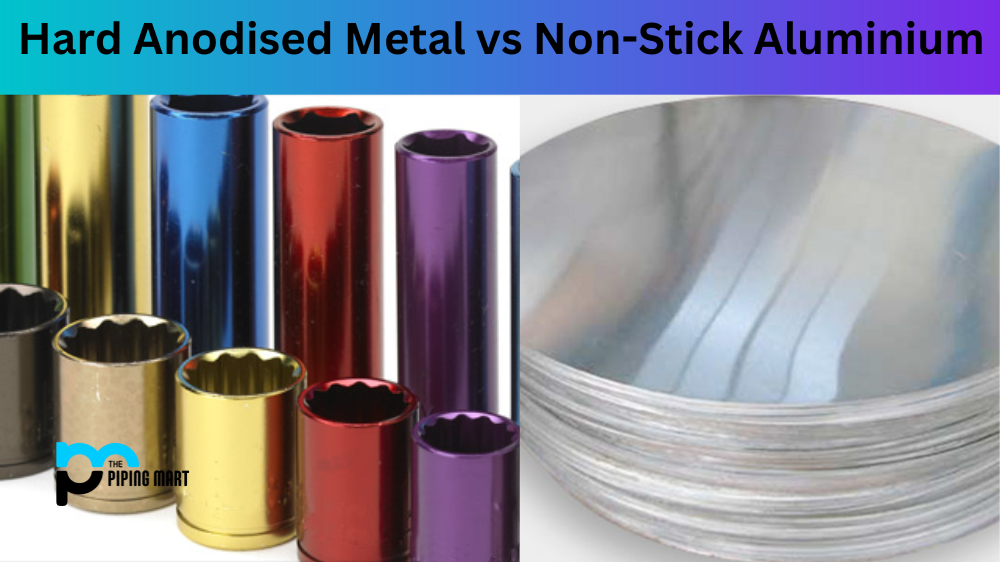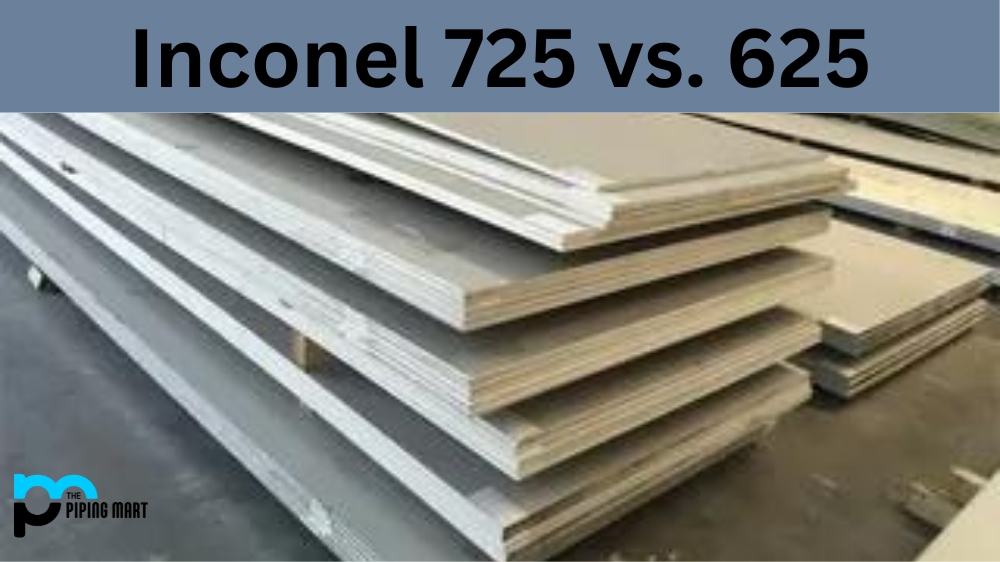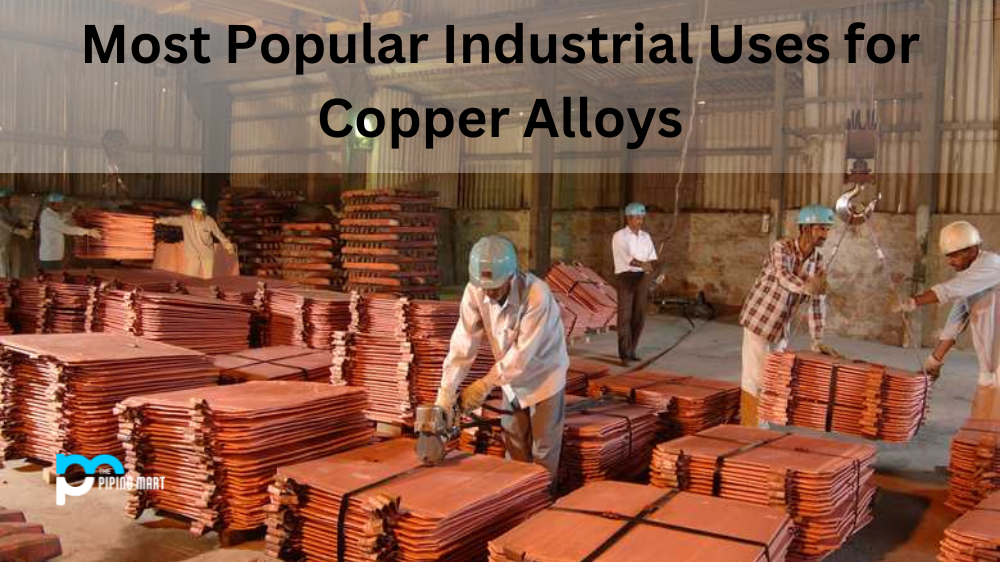Mild steel is an essential resource in many industries, from automotive and construction to agriculture and manufacturing. It’s versatile, strong, and cost-effective—not to mention that mild steel has a number of different types, each with its own unique characteristics. This guide will explore the various types of mild steel available today.
Carbon Steel (C-Class)
Carbon steel is the most commonly used type of mild steel thanks to its high strength-to-weight ratio. Carbon steel is divided into four classes based on the amount of carbon content present in it: Class C (0.3% or less), Class M (0.3% – 0.6%), Class S (0.6% – 1%), and Class P (1%-1.5%). For most applications, Class C is suitable for use; it provides high tensile strength but can be susceptible to corrosion when exposed to moisture for a long period without proper protection.
High Strength Low Alloy Steel (HSLA)
High Strength Low Alloy Steel (HSLA) offers a higher strength than standard carbon steel without compromising ductility, weldability, or toughness. HSLA is often used in applications such as bridge building or military equipment, where durability is important because it is resistant to corrosion, fatigue cracking, and heat damage. HSLA also has a lower cost than other steels due to its lower carbon content, allowing for more efficient production techniques compared with other types of mild steel.
Alloyed Mild Steel
Alloyed mild steel contains additional elements such as manganese and silicon, which increase the strength while maintaining malleability and ductility properties similar to those found in regular carbon steels. Alloyed mild steels are particularly popular with manufacturers because they provide a cost-effective way to strengthen parts while still allowing them to remain resilient under pressure or stress loads compared with harder alloys such as stainless steel or aluminum.
Conclusion:
Mild steel plays an integral role in many industries across the world today due to its versatility and affordability; there are a number of different types available depending on your application needs, including carbon steels, HSLA steels, and mild alloyed steels, which have their own set of advantages over other materials like stainless steel or aluminum alloys depending on what you need them for! No matter what type you choose, you can rest assured that you’re getting a quality product that will last for years!

Pipingmart is B2B portal specializes in industrial, metal and piping products. Also, share latest information and news related to products, materials and different types grades to help business dealing in this industry.




